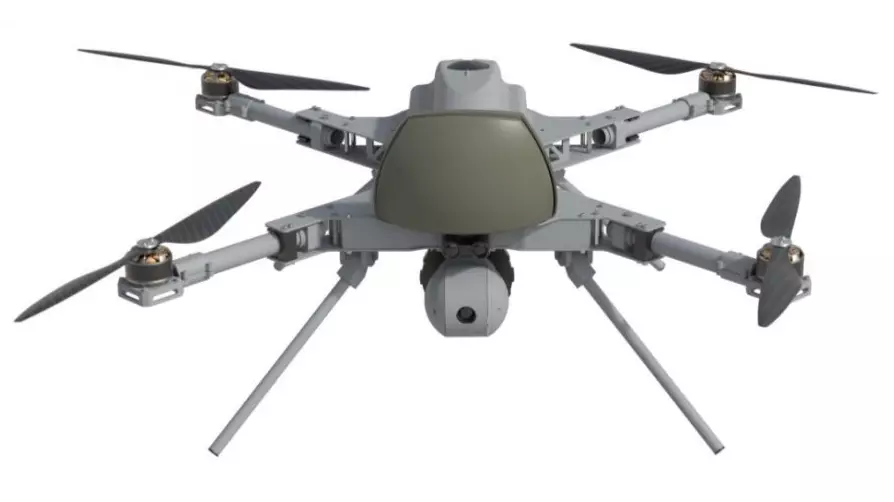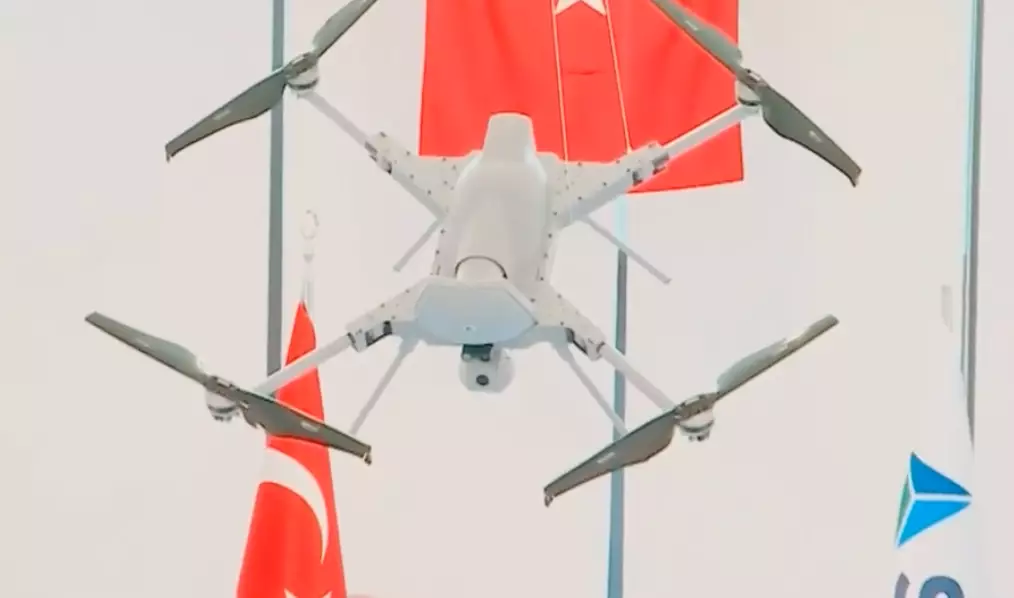
A United Nations report has unearthed a rather concerning development with technology.
A Turkish-built KARGU-2 quadcopter managed to attack a person without being told to do so.
The 'lethal' weaponised flying machine was being used during clashes between Libyan government forces and a breakaway military faction led by the Libyan National Army's Khalifa Haftar in March last year.
Advert
The drone 'hunted down and remotely engaged' with soldiers and convoys fighting for Haftar, however it's not immediately clear who was in charge of the device.
As the person was trying to retreat, the drone managed to carry out its purpose with no one behind the controls.
The New York Post reports the device can be directed to an individual or location and detonate on impact. However, in this circumstance, it was operating in a 'highly effective' autonomous mode with artificial intelligence.
Advert
The United Nations has tallied up a report on the bizarre and concerning situation.
The document from the UN Security Council's Panel of Experts on Libya said: "The lethal autonomous weapons systems were programmed to attack targets without requiring data connectivity between the operator and the munition: in effect, a true 'fire, forget and find' capability."
The report doesn't specifically mention that the drone attack killed anyone during the March clashes, however it strongly implies it, according to Live Science.
The Kargu-2 consists of four rotors and it can fly autonomously at speeds up to 72km/h (45mph). It can explode with an 'armour-piercing warhead or one meant to kill non-armour-wearing personnel'.
Advert

It's believed to be the first time drones have attacked humans without instructions to do so.
Zachary Kallenborn, a research affiliate with the National Consortium for the Study of Terrorism and Responses to Terrorism at the University of Maryland, College Park told Live Science this is a worrying development in the use of killer drones mixed with AI.
"Autonomous weapons as a concept are not all that new. Landmines are essentially simple autonomous weapons - you step on them and they blow up," he said.
Advert
"What's potentially new here are autonomous weapons incorporating artificial intelligence.
"Current AIs are typically heavily dependent on what data they are trained on. A machine usually doesn't know what a cat or dog is unless it's fed images of cats and dogs and you tell it which ones are cats and dogs.
"So there's a significant risk of error in those situations if that training data is incomplete, or things are not as simple as they seem. A soldier might wear camo, or a farmer a rake, but a farmer might wear camo too, and a soldier might use a rake to knock over a gun turret."
Authorities have been trying to work out who was meant to be operating the drone at the time of the attack. It's pertinent because there's a UN arms embargo that is meant to stop countries like Turkey from supplying weapons to Libya.
Featured Image Credit: ArmyinformTopics: News, Technology